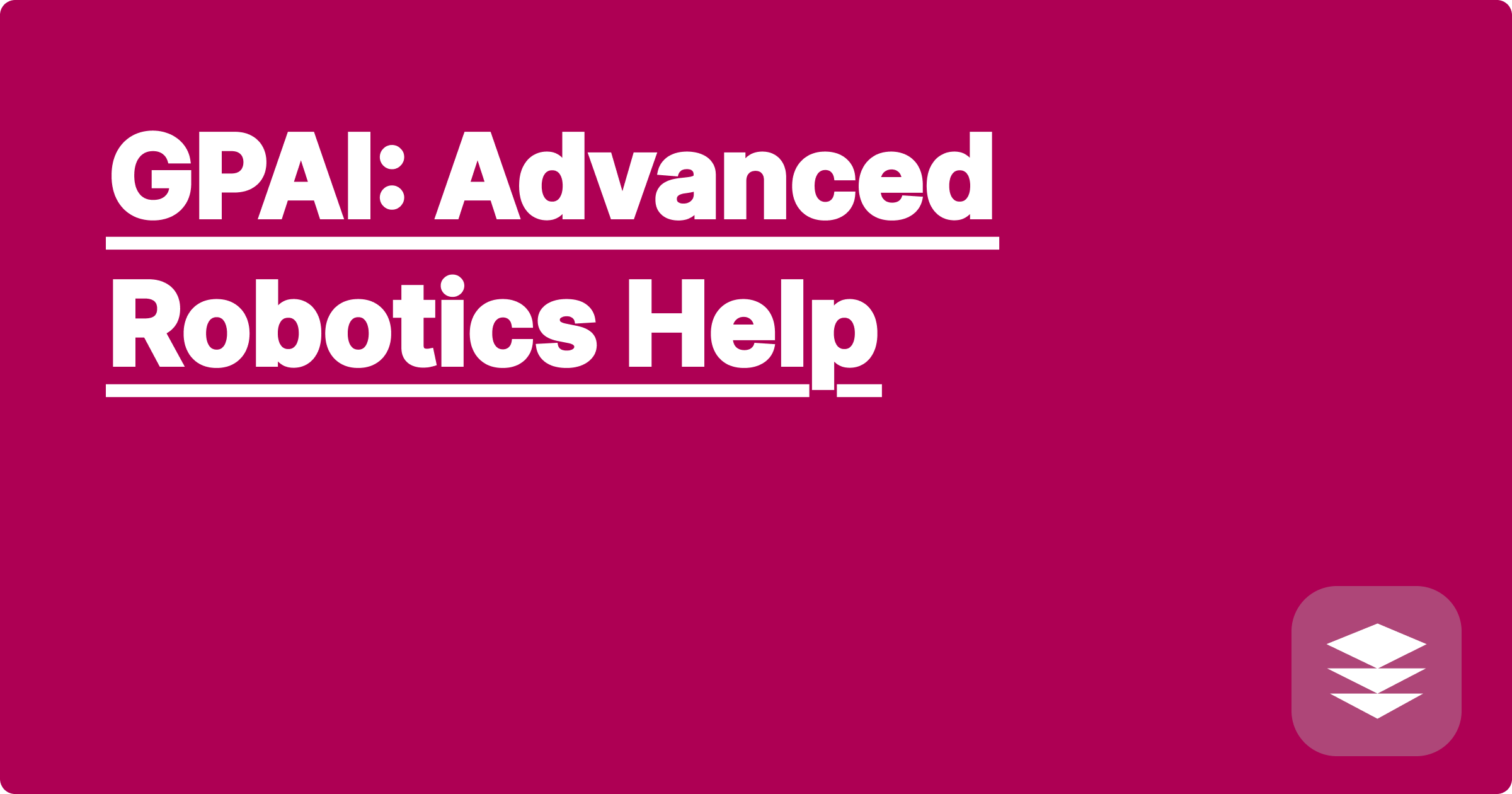
The world of robotics presents a unique set of challenges for STEM students and researchers. Building and programming robots requires a deep understanding of various disciplines, from mechanical engineering and electrical engineering to computer science and artificial intelligence. The complexity can be overwhelming, often leading to roadblocks and frustration. Fortunately, advancements in AI offer powerful tools to navigate these complexities and accelerate progress in robotics projects. These tools can provide assistance with everything from designing and simulating robot behavior to generating code and debugging complex systems.
For STEM students and researchers, leveraging AI in robotics isn't just about simplifying tasks; it's about gaining a competitive edge. The ability to effectively utilize AI tools like ChatGPT, Claude, or Wolfram Alpha is becoming increasingly crucial in both academia and industry. These tools can help students explore more complex projects, analyze data more efficiently, and develop innovative solutions that push the boundaries of robotics. Furthermore, understanding how to integrate AI into the robotics workflow can significantly enhance research productivity and lead to groundbreaking discoveries.
Robotics projects often involve a multitude of interconnected challenges. Designing the physical robot requires careful consideration of factors like kinematics, dynamics, and material properties. Developing the control system necessitates expertise in programming, sensor integration, and algorithm design. Furthermore, real-world deployment introduces complexities related to navigation, object recognition, and human-robot interaction. Testing and debugging the robot's behavior can be a time-consuming and iterative process, often involving numerous trials and adjustments. The sheer volume of knowledge and skills required can be daunting, especially for students just beginning their journey in robotics. Moreover, keeping up with the rapid advancements in the field poses a continuous learning challenge.
AI tools offer a powerful means of addressing the challenges inherent in robotics projects. Large language models like ChatGPT and Claude can be invaluable for generating code in various programming languages commonly used in robotics, such as Python and C++. They can also assist with writing research papers, creating documentation, and brainstorming innovative solutions. Wolfram Alpha, with its computational knowledge engine, excels at solving complex mathematical equations related to kinematics, dynamics, and control systems. It can also be used for data analysis and visualization, helping researchers gain insights from experimental results. By combining the strengths of these different AI tools, students and researchers can streamline their workflow and tackle complex problems more effectively.
Begin by clearly defining the specific problem you are trying to solve. This might involve designing a control algorithm for a robotic arm, simulating the movement of a mobile robot, or analyzing data from a sensor. Once you have a well-defined problem, choose the appropriate AI tool. For tasks involving code generation or conceptual design, ChatGPT or Claude might be suitable. For mathematical computations and data analysis, Wolfram Alpha is a powerful choice. Next, formulate your query or prompt in a clear and concise manner. For example, if you are using ChatGPT to generate Python code for controlling a robotic arm, you might provide a prompt like "Write Python code to control a robotic arm with three degrees of freedom using inverse kinematics." Carefully review the output generated by the AI tool. It is essential to verify the correctness and relevance of the generated code, equations, or text. Finally, integrate the AI-generated output into your robotics project. This might involve incorporating the code into your control system, using the equations in your simulations, or incorporating the insights from the data analysis into your research.
Consider the problem of calculating the inverse kinematics of a two-link robotic arm. You can use Wolfram Alpha to solve the equations relating the joint angles to the end-effector position. Inputting a query like "inverse kinematics two-link robot arm length1=1 length2=1 x=1.5 y=0.5" will provide the solutions for the joint angles. Another example involves using ChatGPT to generate code for implementing a PID controller. A prompt like "Generate Python code for a PID controller" will produce a code snippet that can be adapted and integrated into your robot's control system. For simulating robot behavior, you can use AI tools to generate code for visualizing the robot's movement in a simulated environment. This can be especially helpful for testing and debugging complex control algorithms before deploying them on a physical robot.
To maximize the benefits of AI in your STEM education and research, it is crucial to develop a strong understanding of the underlying principles of robotics. AI tools should be viewed as powerful assistants, not replacements for fundamental knowledge. Critically evaluate the output generated by AI tools and always verify its accuracy and relevance. Experiment with different AI tools and explore their strengths and weaknesses. Learn how to formulate effective prompts and queries to obtain the desired results. Furthermore, stay updated on the latest advancements in AI and robotics to ensure you are utilizing the most cutting-edge tools and techniques.
Embrace these AI tools as valuable partners in your robotics journey. By learning to effectively utilize their capabilities, you can significantly enhance your productivity, accelerate your learning process, and unlock new possibilities in your research and projects. Continuously explore new ways to integrate AI into your workflow and stay curious about the evolving landscape of robotics and artificial intelligence. This proactive approach will position you for success in the rapidly advancing field of robotics.